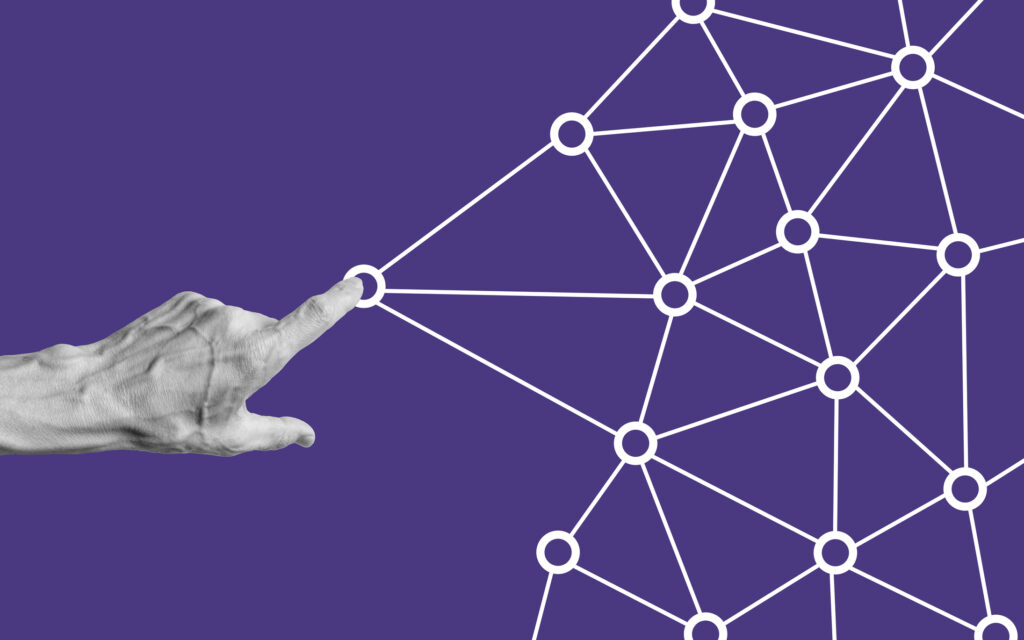Centralized customer data is crucial for long-term customer engagement in the digital age. It’s the key to providing superior customer service and meeting customer expectations. However, to get valuable insights from your customer data, you need an accurate snapshot of your customer, with as much information as possible.
However, not all data is the same. You can break data into three (and sometimes four) categories: first-party data, second- and third-party data, and last, but certainly not least, zero-party data. Each data type confers a different set of benefits and challenges. For now, let’s dive into the most important one: first-party data.
What is First-Party Data?
Let’s start with a basic definition. First-party data is data you collect directly from interactions with your customers and audiences on your own channels. Examples of first-party data include demographics, purchase history, website activity, mobile app data, email engagement, sales interactions, support calls, customer feedback programs, interests, and behaviors. You collect this data through the sales of your products and services, through support processes, forms on your website, subscriptions, surveys, social media connections, and marketing programs.
Other data types—second-party data and third-party data—are not collected directly from your customers, but are indirectly obtained from other sources. Because you collected first-party data directly from the customer, you know that it’s high quality, accurate, and relevant to the products and services you offer.
First-party data is stored in your business systems: your CRM, marketing automation platform, call center systems, and other sales, support, and marketing applications.
Why First-Party Data is More Important Than Ever
Unlocking the power of all your first-party data is the key to maintaining a competitive edge and delivering a consistent experience to all your customers, across all channels. Ways in which you can use first-party data include:
Leveraging Data to Create Personalized Experiences
The customer experience is continually evolving, mainly because consumers are becoming more sophisticated. The internet has given them more access to information to help them make purchase decisions, and their expectations about how companies should treat them have grown.
Consumers willingly trade their information for more relevant, personalized experiences. With access to first-party data, you have accurate, relevant data in your hands to build those experiences. A poor customer experience often results in the customer going elsewhere, taking their information and business with them.
Privacy and its Impact on Data Collection
With privacy regulations like GDPR in the EU, CCPA in California, and many others in progress, consumers have become much more selective about how and where they share their data, and with whom. They expect companies to respect their data and will only share it if they believe you will store it securely and are transparent about how you will use it.
So while first-party data gives you a business advantage, it then becomes critical that you act on that data to deliver the experiences your customers want and expect. That value exchange is what you need to grow loyalty and retention.
Uses Cases for First-Party Data
There are many examples of how you can use first-party data. Some of these include:
Personalization of Web and Mobile Experiences
Personalization goes far beyond putting a consumer’s first name on a web page or in an email. First-party data includes what products a customer has already purchased from you, enabling you to provide related offers when they visit the website or highlight content related to using those products.
For example, suppose a customer spends a lot of time watching videos on your website. In that case, you know they like video content, and you can highlight more video content on product pages or in the resource section of your website.
Advertising
With first-party data, you can deliver better-targeted ads across all your advertising platforms. For example, you could pull a specific list of customers who bought a specific product and target them with a set of ads for accessories for that product. If you want to drive registrations for a product-related event, you can deliver targeted advertising to your customers who have purchased that product. Since you know your customers, their interests, and their past behavior, you can offer hyper-relevant advertisements to a receptive audience.
Predict Consumer Behavior
Predictive analytics enables you to analyze the activity of consumers and predict what they are most likely to do next (also known as next-best action). For example, by studying website traffic patterns, you learn that a consumer typically follows a particular path through the website, viewing certain pages and product information, and is therefore highly likely to buy a specific product. You can then surface content, products, and sales or specials specific to driving that desired behavior.
Audience Insights
Audience insights allow you to look at a group of consumers with similar traits and analyze their activity with your company, whether that’s content they consume, products they purchase, traffic patterns on the website, or something else.
Suppose you know a consumer matches a defined audience, and your analysis shows that the audience spends a lot of time looking at camping equipment during the summer months. With this insight, you can surface sales to this audience related to products that fall into this category.
Audience insights also help you understand what content is working on your website, what features of a mobile application are most popular (or least popular), where shopping cart abandonment happens most often, and more. Use this information to improve experiences, delivering the information, capabilities, products, and services that your audience most wants.
Moving to Cookieless Marketing
Cookies have long been a primary tool for tracking and collecting consumer data on the internet. But times are changing. Google may have delayed its plans to block third-party cookies from its Chrome browser to 2024, but it will happen. Apple is already giving consumers the ability to opt out of tracking and third-party cookies on its Safari browser and in apps on iOS devices.
Marketers need to evolve past the use of third-party cookies. And that means first-party data has become even more valuable. You need to find more ways to get consumers to share more of their information with you to continue to deliver connected customer experiences to them across all your channels. This might include more lead gen forms, finding ways to get consumers to self-segment through registration or preference selection, or other tactics that help you understand your target audiences.
Planning Your First Party Data Strategy
Your data is only as good as your data management strategy. You need to develop the right approach to collect, store, manage, and share your first-party data across the company, so every department delivers consistent, relevant, and impactful customer experiences.
What are your requirements for customer experiences across the entire organization? Once you know what you want to do, you can figure out what types of data you need to implement those experiences. Next, you need a way to bring all your data together, so it can be validated, cleansed, standardized, and compiled to make available to everyone who needs it. This includes zero-party data, but also any kind of relevant second- and third-party data that can help complete a holistic picture of your customer.
To build a first-party data strategy, follow these steps:
Define Your Goals and Objectives
Is your goal to sell a certain amount of a product, acquire new customers for a new product or service, improve customer support, or build loyalty? Once you understand your goals, you can start to map out the activities and tactics you will perform to achieve them. It’s the activities and tactics that inform the type of customer data you need.
Identify Customer Data Sources and the Type of Data Collected
Now it’s time to understand what customer data sources you have and the types of data you already collect. Look at the systems you currently use and document the data collected by those systems. There might be data hidden in siloed applications or outdated solutions.
Develop a Data Standardization Strategy
With customer data spread across systems in the company, you will find that similar data is often stored in different formats, updated on different schedules, and is usually not consistent. A data standardization strategy defines how each data type should be formatted and stored, and how it’s updated across systems. This strategy also describes how customer data is cleaned and validated, including the tools that you can use for data cleansing.
Use Data Enrichment
Using data enrichment, you can create a detailed composite of your customer by gathering additional data and combining it with your first-party data. Once all the data is stored in one place, you can analyze it to gain insights, inform your business strategy, and adapt as customers change the way they interact with your brand.
Manage Your First-party Data With a CDP
All customer-related systems collect some customer data. The challenge is that they all gather, store, and manage it differently, leading to inaccurate and inconsistent data between systems. The best way to ensure your customer data is consistent across all of your systems is to leverage a centralized platform, such as a customer data platform, to consolidate, standardize, and make it available to all systems regardless of where it was first collected. Marketing, sales, customer success, and other groups can then access this centralized data to ensure the experiences they create and deliver are all built on the same information, providing a consistent, accurate, and relevant experience across all channels.
Ultimately, intelligent use of first-party customer data is how you will continue to power customer engagement with personalized experiences. And creating a unified customer profile using a customer data platform solution such as Treasure Data Customer Data Cloud can supercharge your ability to use first-party data efficiently and effectively.
To learn more about optimizing your first-party data to power customer engagement with connected customer experiences, download our white paper today.




